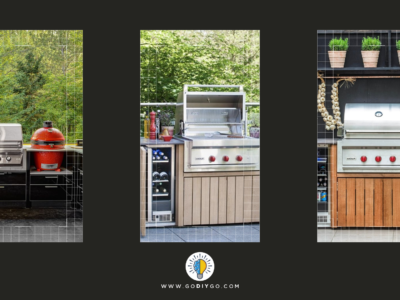The famous success researcher Stephen Covey says that the perfect release begins with the idea. It’s true to all spheres of life, including the house’s comfort. The water supply is an everyday need, so its accurate projection requires considerable skills. Any piping errors backfire with severe problems like useless faucets or electric injuries (the author tested that after laundry machine reinstallation some years ago). The study of pipes is crucial if there are problems or leaks.
Is it necessary to trust professionals?
The answer is yes. For example, Toronto commercial plumbers are in tight contact with the city administration and local contractors. These authorities have up-to-date information about the area’s communications, including the water pipe riser routing. Otherwise, the project will be inefficient and expensive due to mistakes or technical issues.
The water supply isn’t such a simple task as anybody can imagine. This system serves not only sinks and toilettes but some kitchen and laundry equipment. Dishwashers, laundry machines, and boilers need separate connections to avoid pauses to renew the water. Some environmentally confident people choose ways to recycle the technical water, so challenges are present for plumbers here too.
The number of liquid consumers increases proportionally to the house size. For example, 3 beads and 3 baths are normative for Canadian single-family property. Each bathroom is impossible without a shower cabin. This equipment is sensitive to water pressure. That’s why the homeowner calls plumbers to repair, modernize or build the new system.
Ways to lay pipes
Polypropylene pipes are most popular in this sphere. This material is resistant to water and has excellent flexibility. It requires fewer efforts to form exciting shapes despite there are only two ways to do it:
- Serial (tee) plumbing:
- Water supply in rays;
- Two-pipe system
Let’s look at each method in detail.
Number 1 – serial
That system is designed for little houses or commercial property. It consists of one large pipe with consistent, minor connections to all consumers. This type is effective both for cold and hot water. The larger pipe collects the liquid while the sinks, toilet, etc., are connected via the tees. So this system has a tee identification nickname.
The single pipe loses effectiveness if the owner adds new equipment. Despite its larger diameter, the central line can’t get as much water as needed to simultaneously maintain equal pressure for the dishwasher and sink. One side is always the winner, capturing more resources and causing problems for more distant consumers.
Number 2 – rays
That scheme is helpful for large houses and buildings supposing a considerable number of sanitary or routine equipment. Examples are condos, laundromats, or public toilet rooms. The collector delivers water between the system of pipes looking like rays. Each consumer has a separate connection with guaranteed pressure.
This system has one great advantage – it comforts each family member or guest. Another benefit is that the appliance damage doesn’t affect life. Um, maybe the cleaning of the repair space may cause discomfort. However, it suggests more pipes, so the project cost is more expensive.
Number 3 – two-pipe system
It means two pipes of different diameters. The larger one delivers the substance to the complicated equipment, while the smaller one is helpful for sinks or toilets.
Each plumbing is individual. So it’s essential to find Toronto commercial plumbers near me. Trust your comfort to the professionals.
















